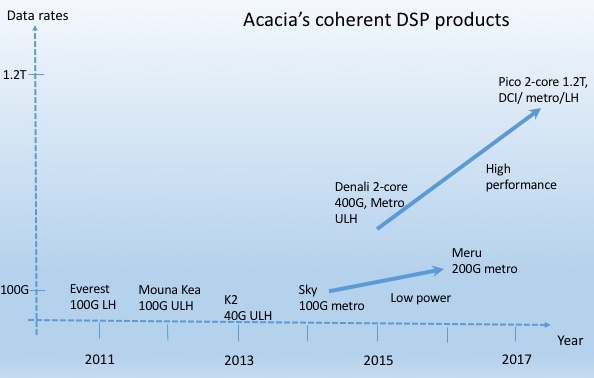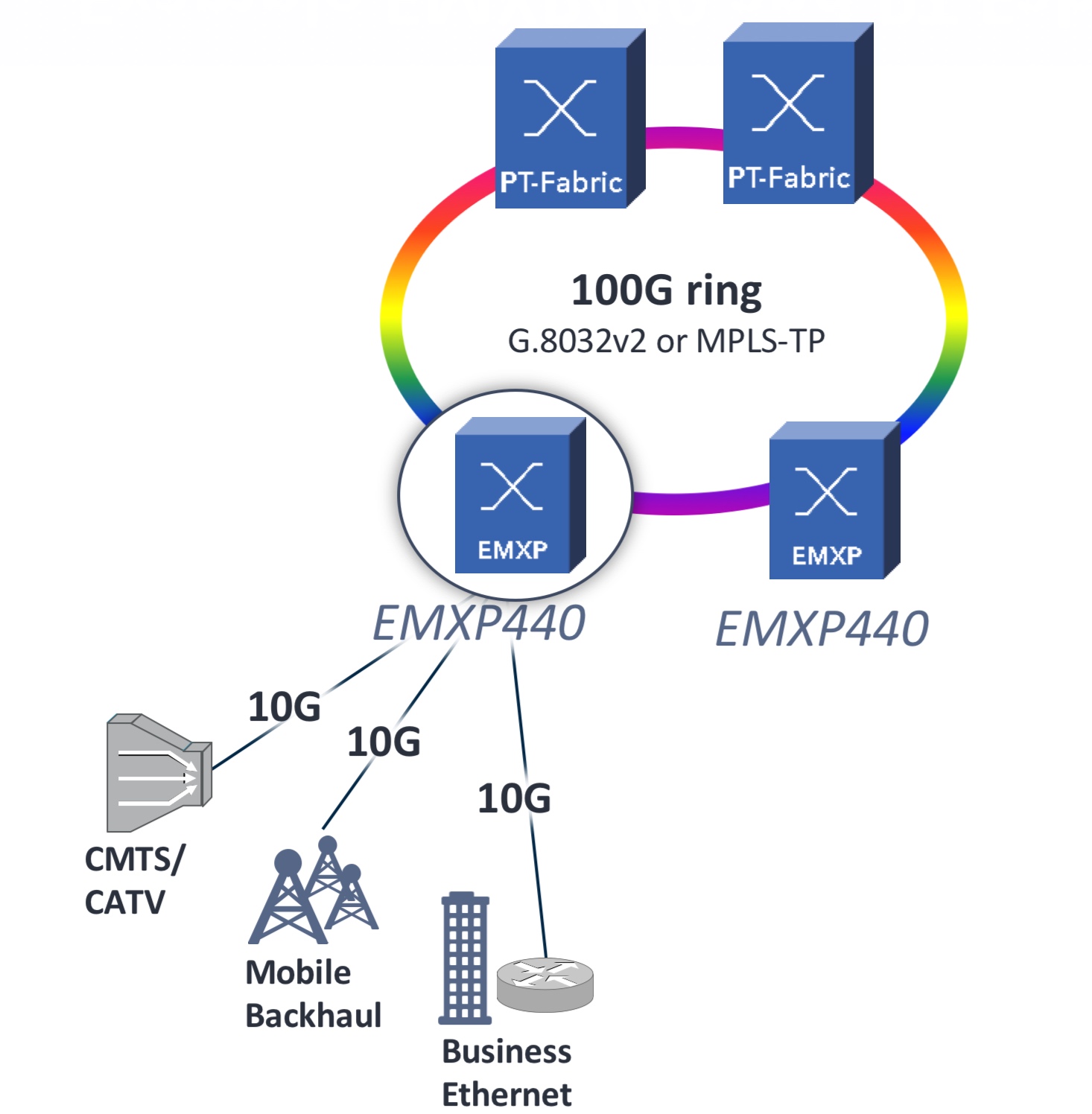Meeting the many needs of data centre interconnect
 Wednesday, July 5, 2017 at 6:51AM
Wednesday, July 5, 2017 at 6:51AM High capacity. Density. Power efficiency. Client-side optical interface choices. Coherent transmission. Direct detection. Open line system. Just some of the requirements vendors must offer to compete in the data centre interconnect market.
“A key lesson learned from all our interactions over the years is that there is no one-size-fits-all solution,” says Jörg-Peter Elbers, senior vice president of advanced technology, standards and IPR at ADVA Optical Networking. “What is important is that you have a portfolio to give customers what they need.”
Jörg-Peter Elbers




